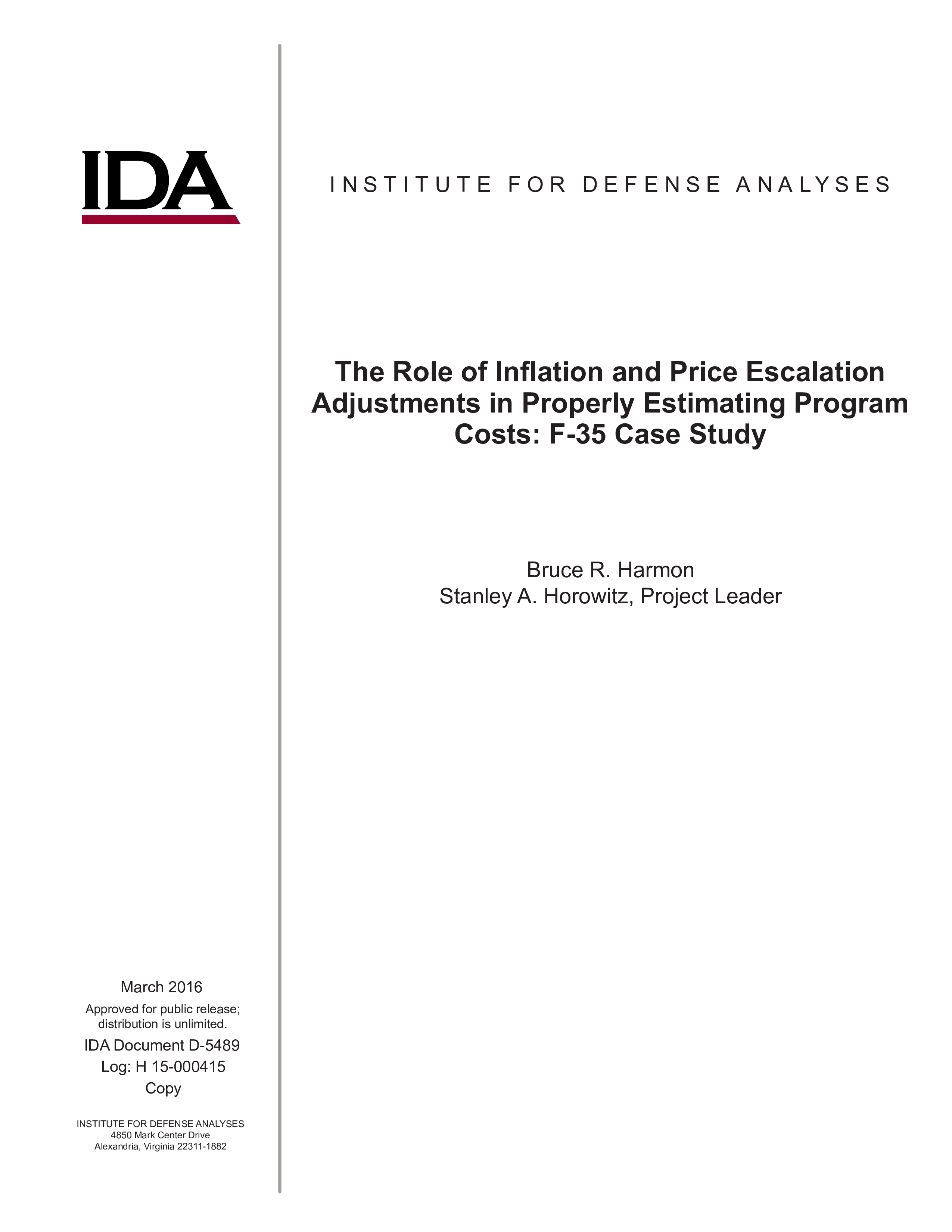The application of price indexes presents a substantial challenge in estimating the costs of new defense systems. The problem is twofold. First, the analyst must use a price index when normalizing historical cost data to a common point in time (where the normalized costs are referred to as "base year" (BY) dollars in defense acquisitions or, more generally, "real" dollars) so that these data can be used to help estimate the costs of future systems. Second, as budget requirements for future acquisitions are in "then-year" (TY) dollars (or more generally, "nominal" dollars), BY dollar estimates must be inflated to TY dollars using a price index. Using an inappropriate price index can introduce errors in both of these steps. In this paper we apply two sets of price indexes to a cost estimating problem--the F-35 Joint Strike Fighter (JSF) procurement program. The purpose is to help cost analysts and others involved in the acquisition process understand the impacts of different price indexes and to provide guidance in their choice. We approach this problem by way of hedonic price indexes derived from cost estimating relationships (CERs). Hedonic price indexes isolate changes in price due to factors other than changes in quality over time. We develop a "Baseline" CER model with this approach using data on historical tactical aircraft programs available at the F 35's late 2001 Milestone B decision. Comparisons are made between the Baseline model estimates, estimates produced by the F-35 program office, and estimates using cost models employing more conventional approaches to inflation adjustment. We find that the Baseline hedonic model provides estimates close to actual F-35 costs. As the hedonic index is directly estimated only for the historic period, we develop a procedure to project inflation rates based on historical index values.

